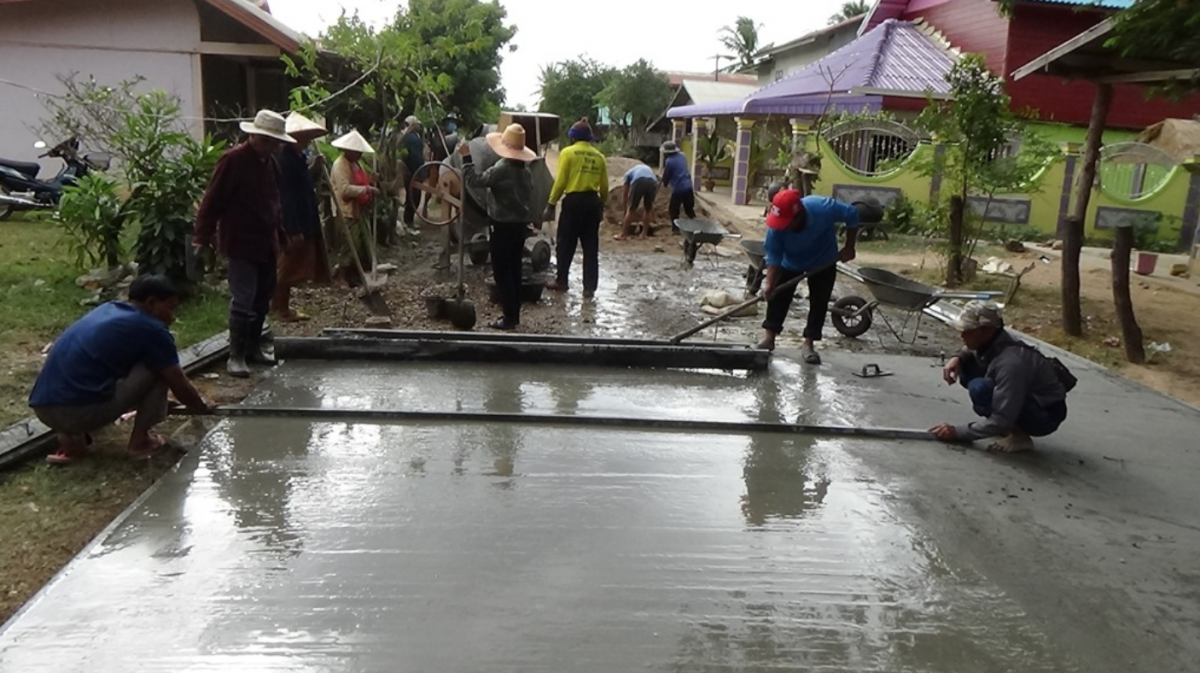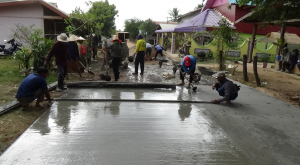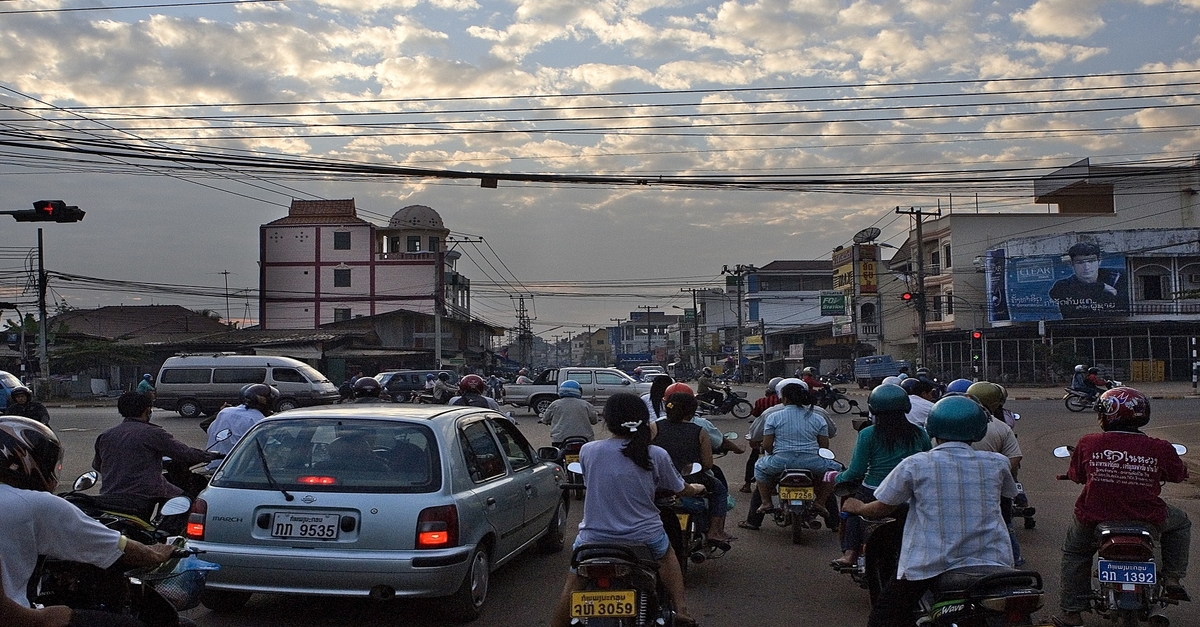A study of broadband pricing in 196 countries reveals vast global disparities in the cost of getting online. And Laos ranks among Asia’s highest at USD 231.76, second only to Brunei.
Data over 3000+ individual broadband packages was gathered by BDRC Continental and compiled and analyzed by Cable.co.uk during an 8-week period up to October 12th, 2017.
Iran offers the world’s cheapest broadband, with an average cost of USD 5.37 per month. Burkina Faso is the most expensive, with an average package price of USD 954.54.
Six of the top ten cheapest countries in the world are found in the former USSR (Commonwealth of Independent States or CIS), including the Russian Federation itself.
Within Western Europe, Italy is the cheapest, with an average package price of USD 28.89 per month, followed by Germany (USD 34.07), Denmark (USD 35.90) and France (USD 36.34). The UK came in 8th cheapest out of 28, with an average package price of USD 40.52 per month.
In the Near East region, war-torn Syria came in cheapest with an average monthly price of USD 12.15 per month (and ranked fifth overall), with Saudi Arabia (USD 84.03), Bahrain (USD 104.93), Oman (USD 147.87), Qatar (USD 149.41) and the United Arab Emirates (USD 155.17) providing the most expensive connectivity in the region.
Iran is the cheapest in Asia (as well as the cheapest globally) with an average package price of USD 5.37 per month, followed by Nepal (USD 18.85) and Sri Lanka (USD 20.17) – all three ranked among the cheapest in the world. The Maldives (USD 86.08), Laos (USD 231.76) and Brunei (UD 267.33) provide the most expensive package price per month.
Mexico is the cheapest country in Central America with an average broadband package cost per month of USD 26.64, whereas Panama is the most expensive with an average package price of USD 112.77 per month.
In North America, Canada offers the cheapest broadband on average (USD 54.92), coming in 21 positions ahead of the United States globally (USD 66.17). Bermuda provides the most expensive packages in the region with an average price of USD 126.80 per month.
Saint-Martin offers the cheapest broadband in the Caribbean, with an average package price of USD 20.72 per month, with the British Virgin Islands (USD 146.05), Antigua and Barbuda (USD 153.78), Cayman Islands (USD 175.27) and Haiti (224.19) at the most expensive end, both regionally and globally.
Sub-Saharan Africa fared worst overall with almost all countries in the most expensive half of the table. Burkina Faso charges residential users a staggering USD 954.54 per month for their ADSL. Meanwhile Namibia (USD 432.86), Zimbabwe (USD 170.00) and Mali (USD 163.96) are among the 10 most expensive countries.
All 13 countries in Oceania were found in the most expensive half of the global table. Generally, larger landmasses such as Australia and New Zealand are cheaper than smaller islands in the region. Fiji, however, is actually the cheapest in Oceania with an average cost of USD 57.44. Vanuatu (USD 154.07), Cook Islands (USD 173.57) and Papua New Guinea (USD 597.20) are the most expensive in the region, with the latter coming in second-most expensive in the world.
In a previous report, Cable.co.uk analysed over 63m broadband speed tests to rank nearly 200 countries by the average internet speed they offer. If you wish, you can couple figures from this research to identify countries that are, for example, both slow and expensive or cheap and fast.
Source: Cable.co













